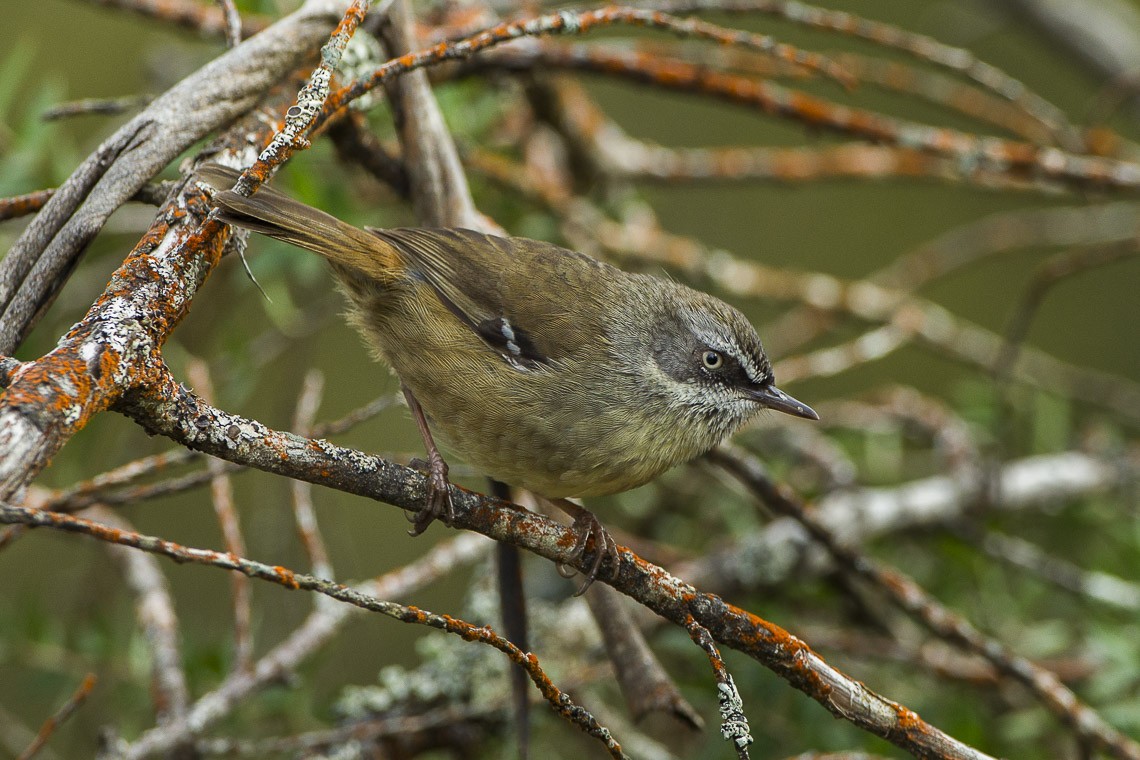White-browed Scrubwren
A species of Scrubwrens, Also known as Spotted Scrubwren Scientific name : Sericornis frontalis Genus : Scrubwrens
White-browed Scrubwren, A species of Scrubwrens
Also known as:
Spotted Scrubwren
Botanical name: Sericornis frontalis
Genus: Scrubwrens
Content
Description People often ask General Info
 Photo By Francesco Veronesi , used under CC-BY-SA-2.0 /Cropped and compressed from original
Photo By Francesco Veronesi , used under CC-BY-SA-2.0 /Cropped and compressed from original Description
Mainland birds measure 11.5 cm (4 ⁄2 in) in length and olive brown upperparts (greyish brown in the spotted subspecies and dark brown in Tasmania), with prominent pale irises and a white brow. The throat is white with faint streaks in the subspecies frontalis and laevigaster and heavily spotted in maculatus. Ear coverts are grey in frontalis and black in laevigaster, and brownish in the other two subspecies. The underparts are pale, though buff in laevigaster. The thin bill is black. The Females are duller overall and generally have pale gray lores, whereas males have blackish lores. This allows most individuals to be reliably sexed in the field. The call is a loud high-pitched ts-cheer. 
Size
11 - 14 cm
Colors
Brown
Black
Bronze
Gray
White
Life Expectancy
18 years
Nest Placement
Shrub
Feeding Habits
White-browed Scrubwren, primarily insectivorous, forages on the ground through leaf litter and underbrush. They consume arthropods, small insects, and occasionally seeds, using their sturdy bills to probe and sift, adapting to a variety of undergrowth environments.
Habitat
White-browed Scrubwren inhabits diverse landscapes featuring dense undergrowth, such as eucalypt forests, rainforests, and coastal heathlands. Adapted to environments from sea level to 1830 meters in elevation, these birds thrive in native bushland, disrupted habitats with sufficient cover, and man-made areas like suburban parks. Broadly, their range encompasses various temperate and tropical regions with rich vegetation.
Dite type
Insectivorous
People often ask
General Info
Feeding Habits
Bird food type
Behavior
Scrubwrens are predominantly insectivorous. They can be hard to spot but are very vocal and easy to localise. They occur in small groups of up to six birds and engage in cooperative breeding; namely that group members all help to feed and rear the young. 
Distribution Area
The species favours forested or scrubby areas with plentiful undergrowth, from which it rarely ventures. It is a common bird in bushland areas around Sydney. It is sedentary. 
Scientific Classification
Phylum
Chordates Class
Birds Order
Perching birds Family
Australasian warblers Genus
Scrubwrens Species
White-browed Scrubwren